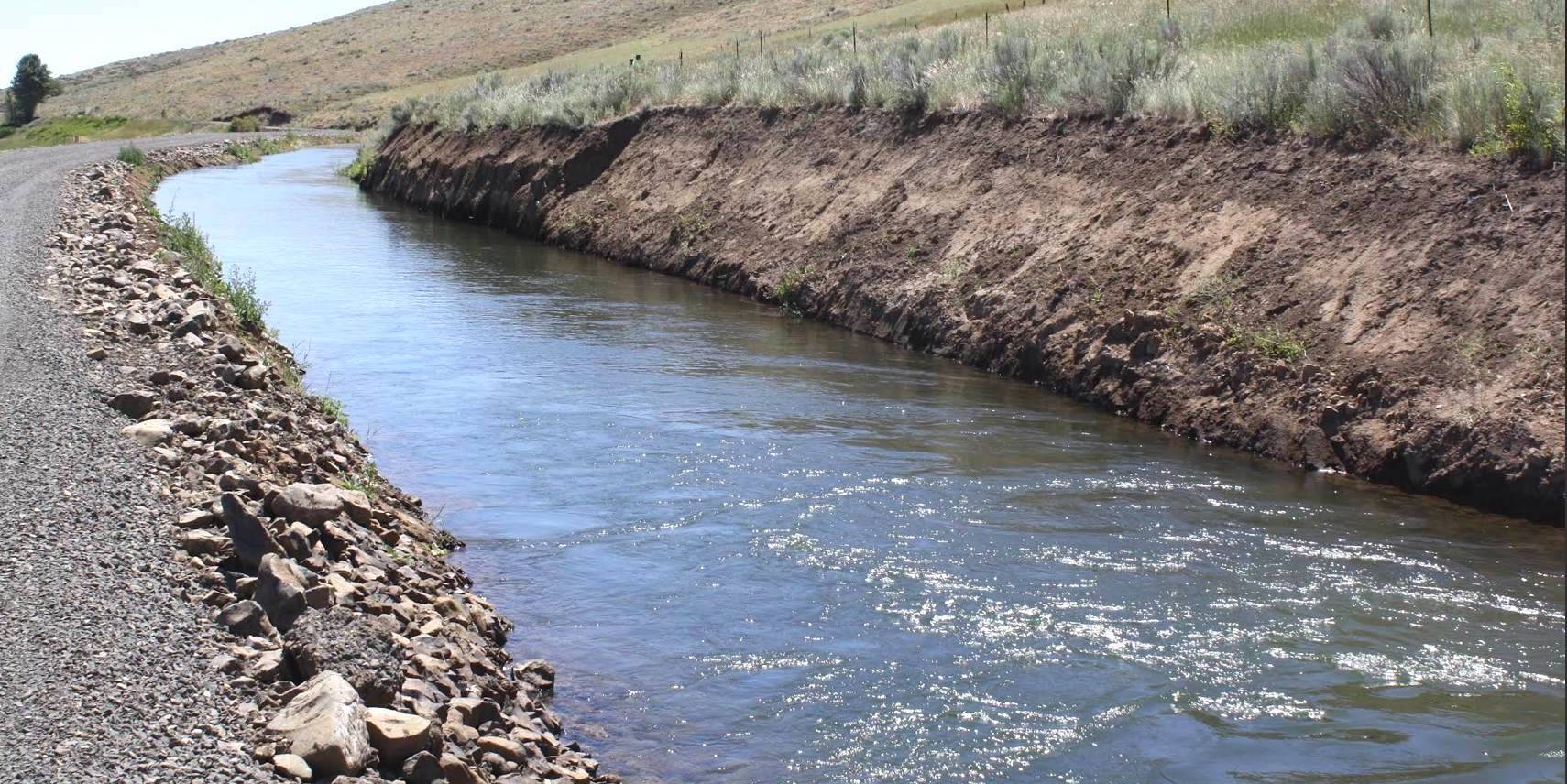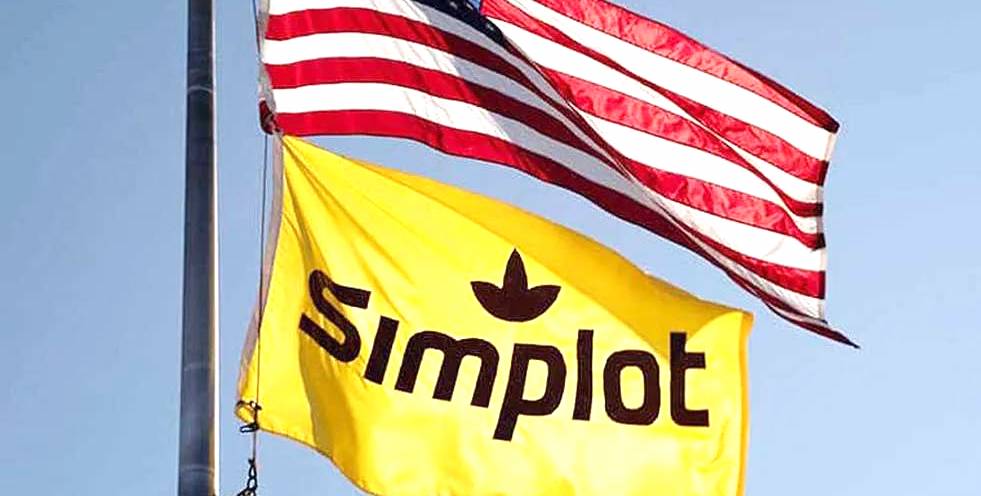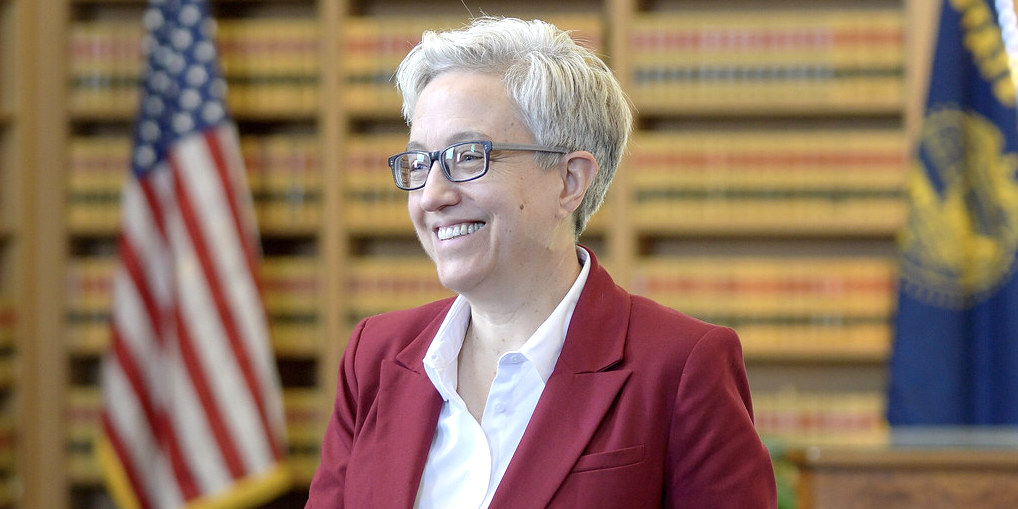Editorial: Legacy of the moon landing still benefits agriculture
Published 5:00 am Thursday, July 18, 2019

- Man landing on the moon created many benefits for people on earth.
Fifty years ago the entire world turned its eyes to the heavens as astronauts from the United States landed on the moon.
Trending
Those alive at the time remember the story. Younger readers may need a brief tutorial.
The space program was as much a political operation as it was a scientific pursuit. In the midst of the Cold War, the Soviets launched the first satellite in 1957 and the Space Race was off and running.
The military applications of rocket technology were obvious and mostly went unstated. To the public, the Space Race was a competition between capitalism and communism for ideological bragging rights.
Trending
In 1962, President Kennedy committed the United States to sending an American to the moon and back before the end of the decade. On July 20, 1969, Neil Armstrong and Buzz Aldrin landed on the Sea of Tranquility as Michael Collins orbited the moon. NASA astronauts made five additional landings, the last in December of 1972.
Since then NASA has concentrated on unmanned exploratory missions and manned earth orbital flights.
The innovation that led to the successful exploration of the moon, and those that have followed in the post-lunar space program, have been of great value to earth-bound agriculture.
NASA has documented several examples over the years. Here are just a few:
• Wireless telemetry — the collection of measurements and other data at one location and transmitting it to another location — was not born in the space program, but it was perfected for manned and unmanned space flight.
Experiments left on the moon by the Apollo astronauts relayed data to earth for years afterward. Sensors in farm fields use telemetry to relay a variety of data regarding a variety of crop conditions directly to a farmer’s cell phone. It also makes it possible for farmers to monitor and control irrigation equipment without entering the field.
• Global Positioning Systems make it possible to pinpoint the location of an earthbound receiver by triangulating the signals of multiple orbiting satellites. GPS makes possible precision agriculture and self-guiding tractors and combines.
• Satellite imagery makes it possible to monitor crop conditions and forecast yields. Through remote sensing satellites help keep track of the snowpack and aid in water resource management.
• Fertilizer developed for use onboard space stations has found its way to fields on earth.
At some point in the 1970s it became fashionable, given the growing social problems of the times, to question the expense of the space program.
But the technology produced as a result of the U.S. space program has changed, for the better, virtually every industry and the lives of every person alive today in ways that could not have been imagined in 1957. Certainly that is true for agriculture and farmers.
The moon landing was a singular achievement in human history. But the practical applications of the technology that made it possible, and that have been developed as a result, are the enduring legacy of our quest for the moon.







